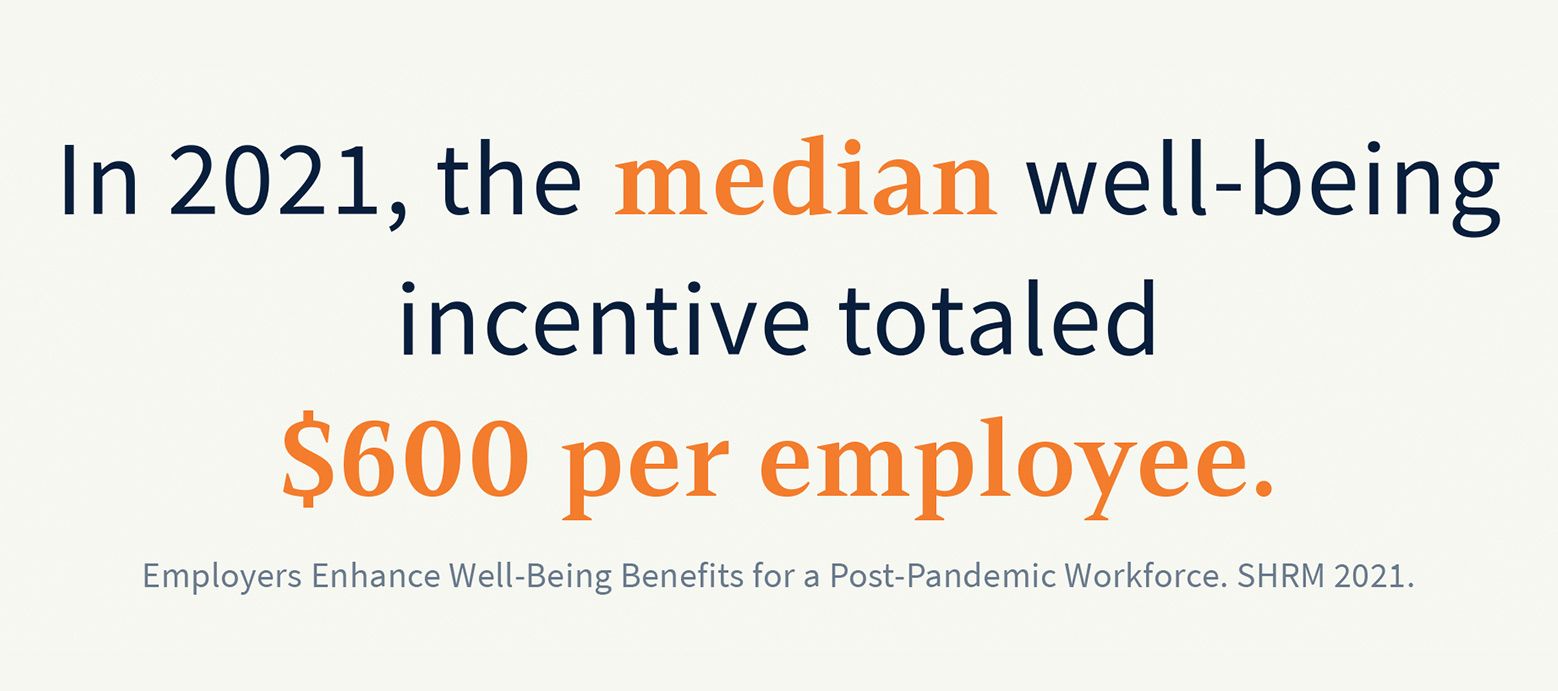Resource library
5 ways healthcare innovators turn employers into skeptics
Published November 18, 2022
Resource library
Published November 18, 2022

Does anything lose its shine quicker than a new healthcare benefit? Employers spend endless months researching, sorting, prioritizing, negotiating, implementing, and finally, marketing to employees. Then? Crickets. Vapor. No jaw-dropping savings. No astonishing health outcomes. No uptake.
Sure, there’s a game changer here and there, but the signal-to-noise ratio is awful. It’s easy to see why employers are feeling skeptical, or even cynical. Here are the 5 seeds of doubt we see planted every day.
1.
So much hyperbole, so little reality
New businesses have to convey confidence, so of course their claims are bold. But scratch beneath the surface and there’s rarely anything substantial enough to shift the needle toward an organization's goals.
Innovators are often great at burning it all down, but healthcare is complex and nuanced. What’s required is recognizing the pieces that work and building a new, more effective reality around them. Employers need proof, not aspiration.
2.
All the risk falls to employers
Rolling out a new health benefit is a BIG deal. Implement, market, maintain, rinse and repeat. Benefits managers, personally, put everything at risk. And they’ve been burned in the past, probably more than once.
Are vendors willing to share that risk and take a hit if they don’t provide the world-beating results they promised? Not usually.

3.
Post-pandemic life is confusing. And hard. Full stop.
We talk about the “new normal” all the time, but what is it and how will we know when it’s here? In the midst of social and economic upheaval, how are employers supposed to distinguish between a cursory trend and a legitimate cultural shift?
That has a lot of folks on pause. Plus, HR and benefits teams have guided organizations (not to mention their own families) through every step of this mayhem. They educated themselves on vaccines. And vaccine hesitancy. Mental health point solutions. Remote work and back-to-work and hybrid work. So. Much. Work.
4.
Organizations have already invested so much
Time, money, effort. Lots of sweat and tears (hopefully no blood). Maybe an organization spent years extolling the virtues of high deductible health plans (HDHPs), expending social capital, earning trust one painful conversation at a time. And now, some upstart wants to yank it all out for something new? Even when employers know it’s a better solution, it’s not an easy move to make.
That’s not to mention: there are about a million new healthcare solutions every day. How do employers vet them? Where does an organization draw the line to say they can’t possibly take on another benefit?

5.
Employees don’t care (or at least it seems that way)
Employers tried postcards and fairs and webinars, and even paying employees for flu shots and wellness visits. Free, easy money to do a thing that’s in their best interest. And nothing. Does it make sense? No. Or, well, maybe. In their busy jobs, in their busy lives, we aim to improve well-being by…giving them more to do?
The apparent employee apathy is a topic for another time. But it is a reality employers face every day. Organizations need real solutions based on people’s lived experiences, not a marketer’s ideal buyer persona.

So there it is. Well-earned and hard-to-dispute reasons for skepticism. And yet, here we are, Firefly, offering a new health plan with a bold outlook.
Is it pure gall? Sheer audacity? No. Well, a little (we believe in what we’re doing). But the truth is, for all that effort and heartache, employers are staring down the same old problems. Healthcare is still too confusing and too expensive and only seems to get worse.
We’re not saying to throw everything away, but to take a clear-eyed look at a compelling solution designed around engaging employees and empowering better (more effective, lower cost) care.
Can we fix the health plan? Yes. Will it be instant? No. Substantive change never is. But it’s not some far-off, hazy future either. One member at a time gets exponential pretty fast.
So to those who are skeptical, we say, “You should be.” And also, “Talk to us anyway. We’ll make it worth your time.”